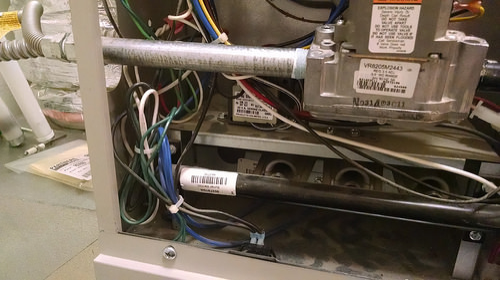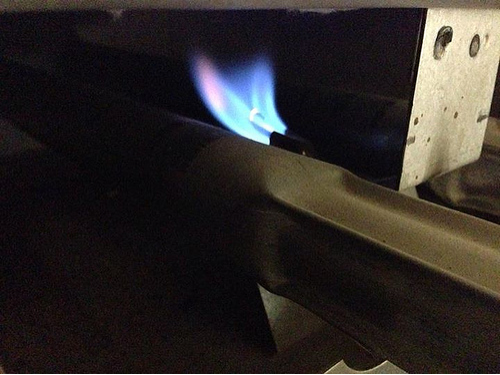Your Furnace Maintenance Checklist
Regular furnace maintenance is important to help assure safe and efficient operation, protect your long term investment, and also help spot problems before they might occur. When it comes to your home’s heating system, an ounce of prevention is worth a pound of cure.
Furnace designs began featuring high efficiency advancements over 30 years ago, with many complex parts added that affect safety and efficiency, much like the modifications to automobiles over that same period. Modern HVAC technicians utilize specialized tools that help assess proper operation, and they have the training and experience to see and hear when parts are not functioning as expected. Many homeowners still choose to clean or replace their furnace filter themselves, but we advise that the more substantial maintenance be performed by a trained, licensed, and insured professional.
Heat Exchanger
 The furnace’s metal heat exchanger is the core of the heating system, where hot gases from the combustion process transfer heat to the air blowing by on it’s way to and from the air registers throughout your home. Furnace heat exchangers were once large, cast iron blocks weighing up to hundreds of pounds. Today’s heat exchangers are made from thin, light metal, making the proper setting of the furnace’s fan speed important to effective operation.
The furnace’s metal heat exchanger is the core of the heating system, where hot gases from the combustion process transfer heat to the air blowing by on it’s way to and from the air registers throughout your home. Furnace heat exchangers were once large, cast iron blocks weighing up to hundreds of pounds. Today’s heat exchangers are made from thin, light metal, making the proper setting of the furnace’s fan speed important to effective operation.
The integrity of the heat exchanger wall is what separates household air from the noxious gases being exhausted to the outdoors. The odorless and dangerous combustion product, carbon monoxide, is one of these gases. Regular inspection of the heat exchanger, visually and with specialized electronic tools that can detect extremely small gas leaks, should be performed annually to ensure that the air you breathe in your home is healthy. As an additional level of protection and peace of mind, we recommend you have household carbon monoxide detectors installed in accordance with manufacturer’s recommendations and local codes. Most jurisdictions require a CO detector or CO/smoke detector within 15 feet of every bedroom door as a minimum requirement.
Burners
The burners in your furnace are where the gas combustion process takes place, producing heat that is directed into the heat exchanger. The burners require inspection and cleaning. While test-operating the system, your service technician also checks the quality of the burner flames and makes any adjustments that might be necessary to achieve the proper burn.
Pilot Lights and Modern Ignition Systems
Modern furnaces no longer feature the pilot lights (see picture below) that were common 20 or 30 years ago, although they are still found on some water heaters. In place of pilot lights are a variety of devices that automatically light the gas each time your thermostat asks your furnace to produce heat. Terms like automatic ignition system, spark pilot, and hot surface igniter reference aspects of these modern advancements. There are specific procedures for cleaning and checking this important part of your heating equipment. Your furnace also includes a device called a flame sensor, which will shut down the gas supply to the furnace if it doesn’t detect a flame. A dirty flame sensor is one of the most common causes of emergency service requests. The flame sensor is routinely cleaned as part of a maintenance program.
Gas Line
 Gas leaks can be very dangerous, so it’s important to make sure that when annual servicing is performed on your heating system that all exposed gas lines in the mechanical room, and all gas connections inside your furnace are thoroughly checked for leaks. In addition to the old fashioned ‘soap bubble’ test, the best-prepared technicians also use electronic leak detectors which can accurately detect very small leaks of natural gas and propane.
Gas leaks can be very dangerous, so it’s important to make sure that when annual servicing is performed on your heating system that all exposed gas lines in the mechanical room, and all gas connections inside your furnace are thoroughly checked for leaks. In addition to the old fashioned ‘soap bubble’ test, the best-prepared technicians also use electronic leak detectors which can accurately detect very small leaks of natural gas and propane.
Flue Pipe
The flue pipe on your natural gas or propane fired heating system expels exhaust gases that are the by-products of combustion. The exhaust gases are routed to the outdoors through vent piping that is approved for that specific purpose and piece of equipment. Standard efficiency systems typically use an approved metal exhaust pipe, while very high efficiency units typically employ a specific plastic vent piping. The venting requirements for all heating equipment are detailed in the manufacturer’s installation instructions and must be followed to the letter in order to insure safe operation and long system life. Adherence to Uniform Mechanical Code venting and safety requirements are also part of this formula. Inspection of all accessible vent piping is normally included in thorough routine annual inspection and maintenance procedures. Highly qualified service companies will use a combustion analyzer on each maintenance visit to measure the content of the flue gases. This test plays an important role in verifying that the equipment is functioning safely and efficiently.
Controls and Safeties
Virtually all heating equipment incorporate a variety of internal operating controls, including safety devices designed to protect you and shut the system down in case of malfunction. Regular annual servicing of your equipment, testing all controls and safeties, helps ensure that the system is operating safely at max efficiency.
And Of Course…the Furnace Filter!
Often neglected or easily forgotten, regularly checking the furnace filter is one of the simplest, most easily handled (in many cases) routine household tasks that can have an enormous impact on your heating bills, your health and comfort, furnace reliability, and your long term investment in your heating system. This valuable service is typically included in the annual inspection and maintenance visit from your trusted HVAC pro – but that’s typically not enough to cover the entire heating season!
Talk with your heating contractor today, and learn more about how often you should be replacing the furnace filter in your home. It can make a big difference.
Keeping your furnace healthy will help guarantee that you will have heat when you need it most.
Regular annual maintenance helps insure the lowest possible operating costs and will provide the peace of mind that you are doing the most to keep your family and home safe.




